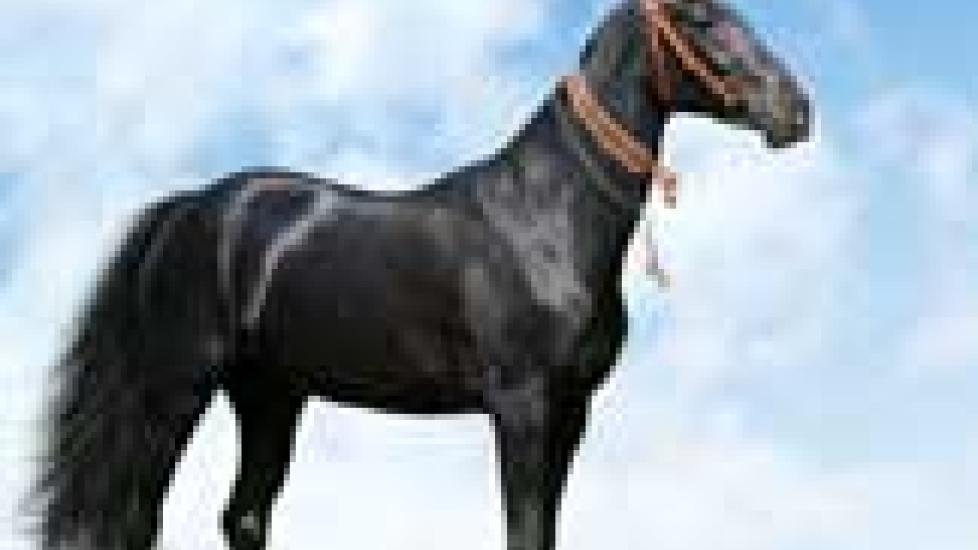A Horse of a Different Color
Today I’d like to delve a wee bit into one of the more animal science-y topics I encounter in my line of work: the color of horses.
So many of the horses I see are plain chestnut (a reddish brown), or bay, which is a horse with a brown body and a black mane and tail. These are extremely common colors, especially for popular breeds such as Thoroughbreds, Standardbreds, and Quarter Horses, which make up a bulk of my practice. And don’t get me wrong: A glossy chestnut coat can gleam in the sunshine and take your breath away. But it always makes my day to see a wild-colored four-legged thing at the end of the drive when I pull up for yearly vaccines. Dappled gray? Gorgeous! Black with a white blaze? Beautiful! And the piece de resistance? Spots!
Suffice it to say, there are so many more colors within the horse world than just brown. In fact, there’s practically a whole rainbow.
Let’s start with my favorite color pattern: the pinto. With large splotches of white and brown or white and black, it’s no wonder these horses are common sights in parades, rodeos, and Western films. Here’s also my chance to clear a little confusion about some horse vernacular: The term “pinto” is used to describe any horse (or pony) with large splotches of white and another solid color. The term “Paint” is actually considered a breed of horse: one whose parents are either both Paints themselves, or one parent being Quarter Horse or Thoroughbred and the other a Paint. Ideally, a Paint should have the coloring of a pinto, but to make things more confusing, sometimes the genetics just don’t pan out and a Paint has a solid coat. Those horses are called “breeding stock Paints.” For more information, check out each color/breed’s website: the American Paint Horse Association and the Pinto Horse Association of America.
Transitioning from large splotches to smaller spots, we have the Appaloosa. This color (it is also considered a breed) has a rich history as a favored mount of the Nez Perce Native Americans in the northwest. Referred to originally as “A Palouse Horse” in geographic reference to the Palouse River, the name developed over time into “Appaloosa.” Appaloosas can have color patterns ranging from “leopard spot” to “snowflake” with bodies covered in polka dots, or just their haunches covered in a white frosting, respectively.
Now, how about the palomino, that blonde bombshell of the horse world with a body the color of a freshly minted copper penny and a creamy white mane and tail? Or the buckskin, a darker variety of the palomino, with a yellow body and dark mane and tail? Please don’t even get me started on the fascinating topic of the genetics of these colors — I could cover an entire month’s blogs about that!
Sometimes in my travels I’ll see a pinto, and occasionally I’ll treat a palomino. Rarely do I get to feast my eyes on a flashy Appaloosa, and I’ve never had my hands on some of the more rare breeds such as the Akhal-Teke, a rare breed from Turkmenistan known for having a literal metallic sheen to its coat.
Although I admittedly get a little tired sometimes when I’m faced with vaccinating an entire barn of brown and bay horses, I suppose I’m being a little too superficial in my quest for a horse of a different color. But sometimes, I just can’t pass up a little flashy equine chrome!

Dr. Anna O’Brien
Image: Abramova Kseniya / via Shutterstock
